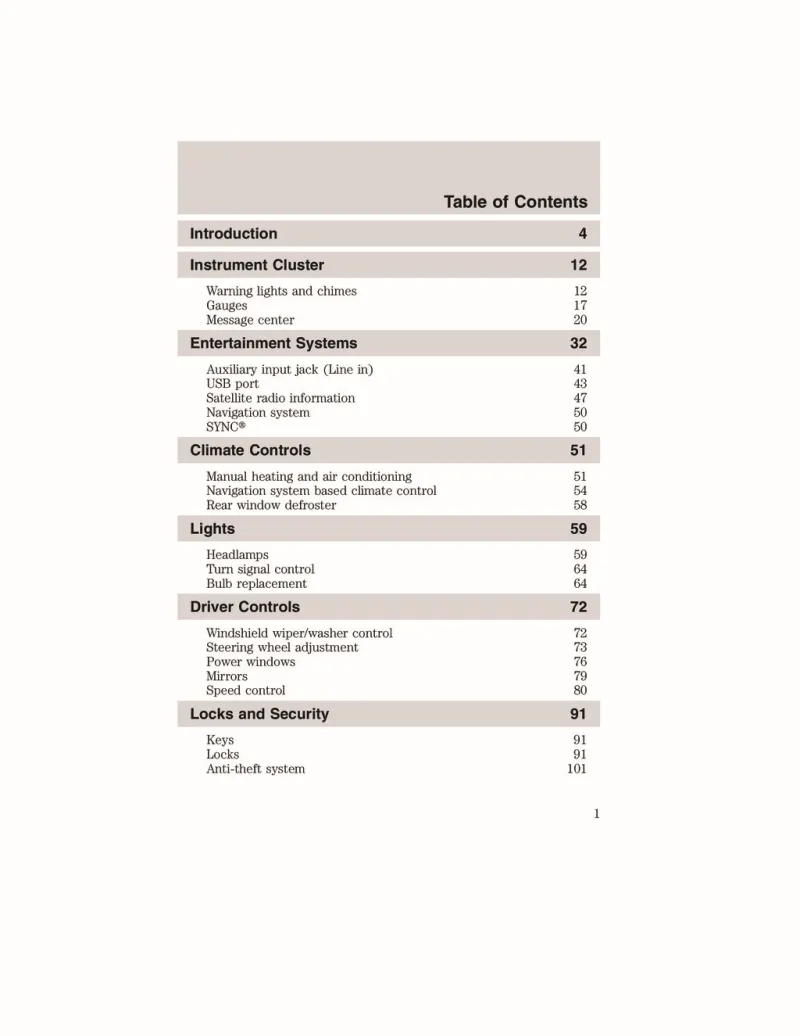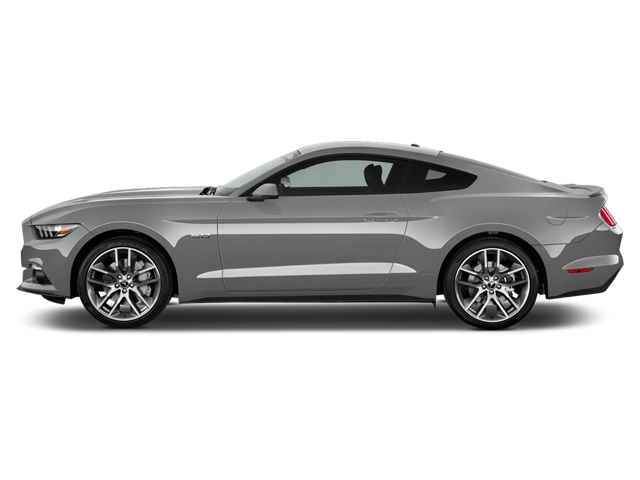2010 Ford Mustang Owner's Manual

Table of Contents
2010 Ford Mustang Overview
Introduction
The 2010 Ford Mustang epitomizes the intersection of classic American muscle and modern technology. This sixth generation of the iconic pony car comes with striking design upgrades, powerful engines, and an array of features aimed at enhancing both performance and comfort. With its bold stance and striking lines, the 2010 Mustang appeals to automotive enthusiasts and everyday drivers alike, continuing a rich legacy that has made it a timeless favorite.
Powertrains
The 2010 Mustang offers two robust powertrains, ensuring a thrilling driving experience. The base engine is a 4.0-liter V6 that produces 210 horsepower and 240 lb-ft of torque, delivering a satisfying balance of power and efficiency. For those craving more excitement, the Mustang GT is equipped with a formidable 4.6-liter V8 that unleashes an exhilarating 315 horsepower and 300 lb-ft of torque. Both engines offer a choice between a five-speed manual or a five-speed automatic transmission, providing drivers the versatility to tailor their driving experience.
Trims
This model comes in several trims, including the base V6, the V6 Premium, the GT, and the GT Premium. Each trim builds upon the previous one with additional luxury and performance features. The Premium trims add enhancements such as leather seating, upgraded audio systems, and advanced infotainment options, making the Mustang not just a performance car, but also a comfortable daily driver.
Features
The 2010 Ford Mustang is packed with modern conveniences and technology, including available features such as Bluetooth connectivity, a premium sound system, and a navigation system. The interior is designed with driver-focused ergonomics, ensuring a sporty yet comfortable atmosphere. Safety features like anti-lock brakes and multiple airbags provide peace of mind without compromising the thrilling driving experience.
Owner's Manual
The owner's manual for the 2010 Ford Mustang is an essential companion, providing valuable information on maintenance schedules, operational guidelines, and troubleshooting tips. It ensures that owners can maximize the enjoyment and longevity of their vehicle, making it an indispensable resource for anyone who wants to maintain their Mustang in peak condition.
User manual download
The Ford Mustang owner manual for the 2010 model year is to be found in PDF downloadable format on this page. The owner manual for the model year 2010 is free and in English, but the repair manuals are usually not easy to get and may cost more.
Manual Questions
Fill the form below and someone will help you!

